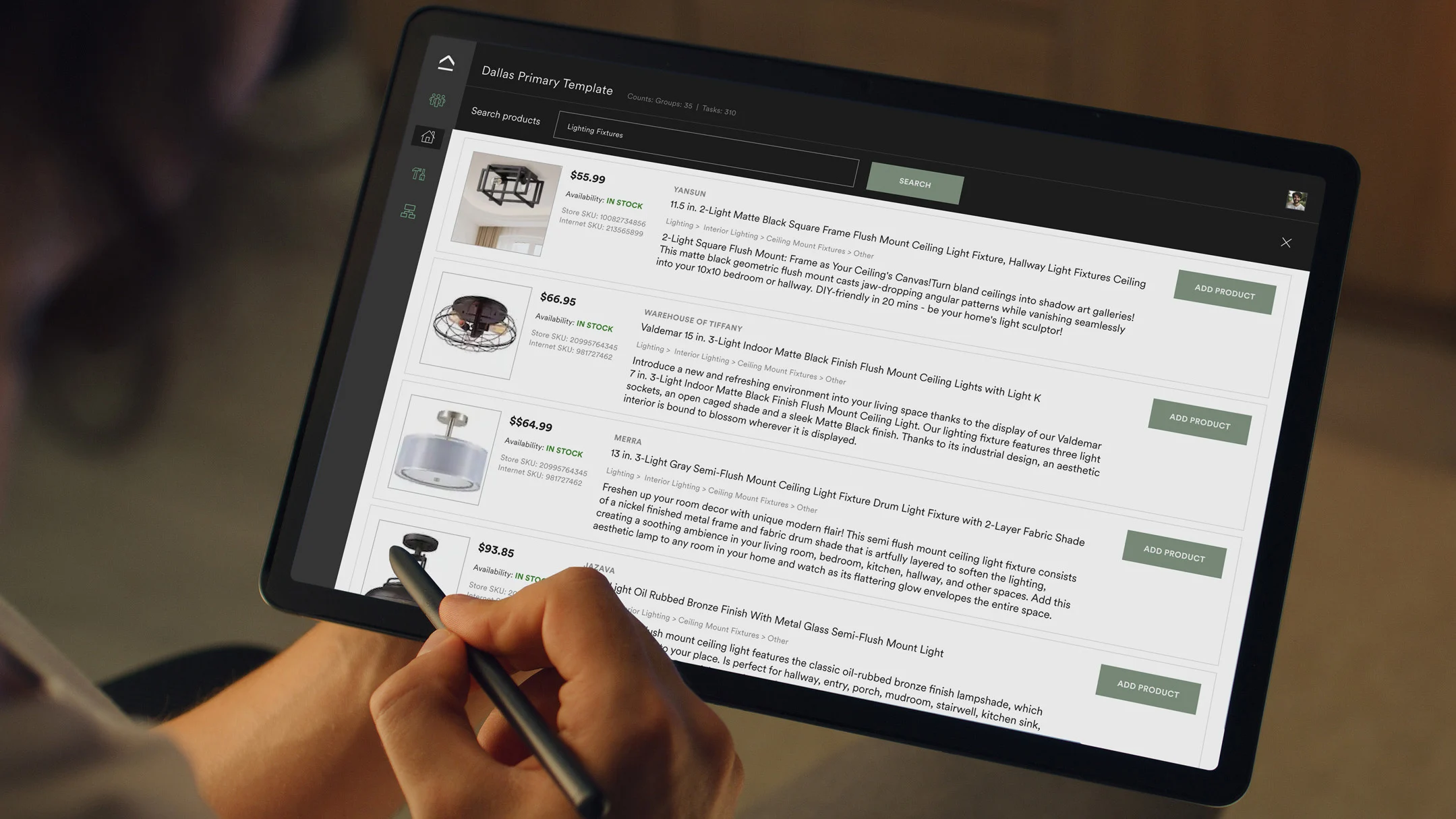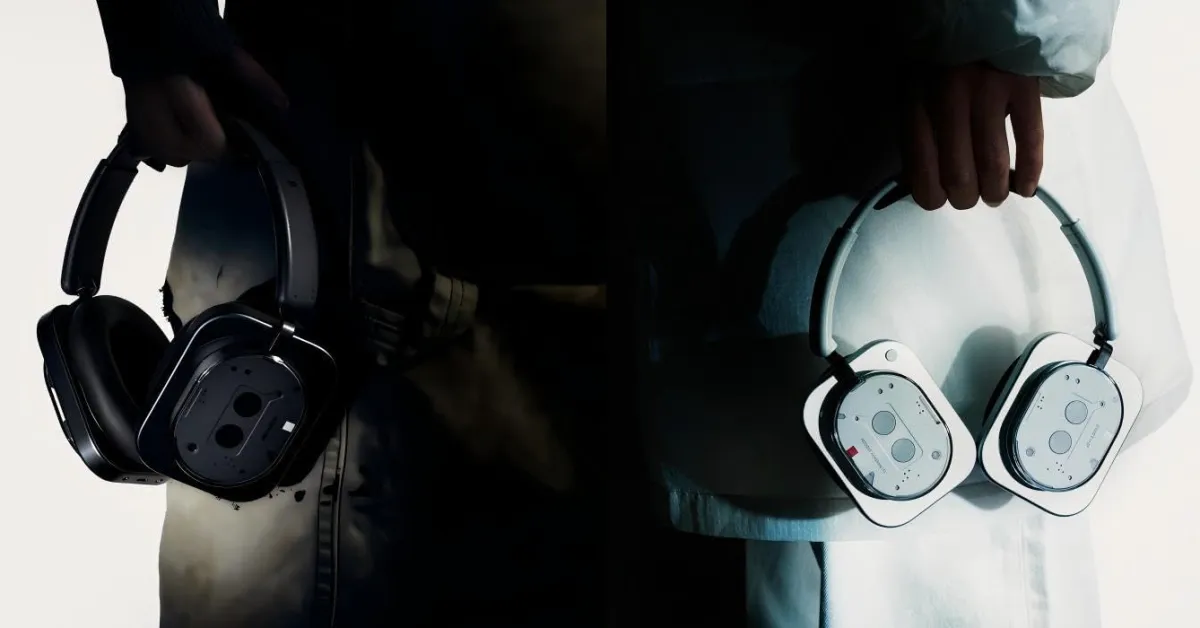Copyright Fast Company

House flippers are about to get an AI assist on their next renovation project. Kai is an AI-powered tool that can visually identify what’s needed to fix up a house and put it on the market. The system converts photos and videos of house projects into SKU-level material specifications and cost estimates, making it fast and easy for an institutional home renovator to create an actionable renovation plan and order all the materials needed to get the job done. Kai has just launched a partnership with home improvement retailer Home Depot to link its building material and product selection tools directly with Home Depot’s 3.5 million item inventory list. Home renovators will be able to use Kai to scan a project, identify the materials needed, and immediately order them from Home Depot. Kai’s cofounder and CEO Or Agassi calls it an “AI-native renovation intelligence platform” that can effectively reverse engineer a scope of work on anything from a kitchen remodel to a down-to-the-studs gut renovation. With a guided photography process, Kai analyzes images of a house to determine what materials are needed to complete a given project. A photo showing a cracked door, for example, would lead the tool to offer up a few options for replacement, with their prices and availability at Home Depot stores in the area. An image of an old furnace can lead the tool to recommend a more efficient model that can increase the resale value of the home. Subscribe to the Design newsletter.The latest innovations in design brought to you every weekday Privacy Policy | Fast Company Newsletters It’s an evolution of RenoWalk, an in-house tool Home Depot had used for more than a decade, which allowed business customers to streamline property management and renovation projects by integrating with Home Depot’s inventory and ordering systems. The company decided to sunset that tool, and now Kai is taking its place, using data from the tens of thousands of renovation projects completed using the old system. Kai declined to disclose terms of the Home Depot deal. Kai’s first users are large institutional housing investors and operators, including both public and private companies. Citing nondisclosure agreements, Kai declined to reveal the names of these companies. Some of these companies own more than 100,000 houses across the U.S. They also bring their own wealth of renovation data, which Kai uses to train client-specific AI models. “If you send us a scope of work of how you like to renovate, we will know how to create a playbook based on that,” Agassi says. The system also adjusts for different types of renovation projects and budget levels. “Whether you’re looking to optimize for selling to the market, selling off market, renting the property out, we know how to understand the renovation condition and tell you what needed to be done to hit this target renovation,” Agassi says. Agassi says the system has the potential to drastically reduce project timelines and budgets, and help get more affordable housing on the market. “There’s a shortage of five million single family rentals out there. And it’s only getting worse because new inventory is unable to catch up,” Agassia says. “We are trying to solve for the biggest issue in housing.” Agassi has been looking at the housing challenges in the U.S. for more than a decade. Previously he and Kai cofounder Tov Arneson created Stoa, a now-closed proptech company that helped connect fix-and-flip housing investors with institutional investors and housing operators looking for more inventory. The company was seeing solid growth since its launch in 2017 but a hike in interest rates in 2023 hit the company hard and it shut down. Agassi says that even though the company failed, the idea behind Stoa stuck with him. Kai is an evolution of that concept. “We are fulfilling what used to be our dream at Stoa, which is a system that you get into a property, take some photos, and it tells you what you need to do in order to do an optimized renovation,” says Agassi. “The technology was never there, and now it is.” Agassi says Kai expects to be serving tens of thousands of customers by the end of the year, and plans on expanding the tool for use by mom-and-pop landlords, DIYers, and contractors next year. “We start with the largest operators, but the goal is to go all the way down to the consumer sitting in the comfort of their own homes, taking some photos, and we tell them exactly what’s needed to be done in order to renovate for the optimal outcome,” Agassi says.



